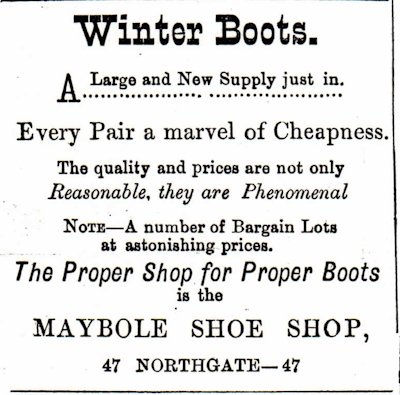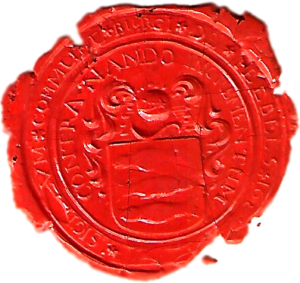Dates (known):
Dates are presented in Year-Month-Day format ie: 1899-12-31.
When quoting from sources which use a different format such as Day-Month-Year, the original text will be converted to Year-Month-Day for consistency across the website.
Where month and/or date are not currently known, but might be discernible in due course, zeros are used as placeholders thus: 1899-00-00.
Date tags are loose groupings for convenience ie: 1800-mid, where:
- early = first 30 years (ie: 1800-1830)
- mid = middle 40 years (ie: 1830-1870)
- late = end 30 years (ie: 1870-1900)
Dates (estimated):
Where a date is estimated ie: circa 1900, this will be shown as c.1900
Postcards:
For postcards, when a date of posting is the basis p.1900 is used.
Valentines postcards often include a reference number which corresponds to the date of the original photograph. Where available, this will be notated as v.1900.
Books, Booklets, Tourist Guides:
In cases where materials don’t have a date of publication, it is still helpful to indicate a ‘must be after’ or ‘must be before’ date, based upon information within. In such cases, c+1900 indicates the ‘must be after’ case, whilst c-1900 denotes ‘must be before’.
Newspaper Cuttings & Adverts:
Wherever possible, newspaper cuttings and adverts will indicate the date and source ID number (SID) to facilitate further research and date verification. If known, page position data will be included as a suffix.

In the example above dated 1890, January 11th, SID18 is the source ID for Peebles Commercial News and _p2_c1 indicates _page2_column1.
Source publication should pop up when you place your mouse over the image, failing which, all source IDs are listed on the Source ID Index page.
References:
References to original texts are notated with superscript text in square brackets as BookRef_PageRef thus [A1.1_p10]. The characters preceding the underscore relate to the corresponding book in the list of references (at the bottom of the relevant page), whereas the number following the underscore represents the page number within the referenced work. Wherever possible, book references are linked to a searchable PDF version of the book.
The notation [A1.1_p14>|<p15] indicates that the referenced page doesn’t have a number, but is located between pages 14 and 15.
Definitions:
When quoting historical texts, unfamiliar words and expressions are commonplace. Wherever possible, a modern-day definition will follow in itallics enclosed within curly brackets {modern-day definition}, so as to differentiate the addition from the original text.
Transcripts:
Transcribed text is denoted by the use of brown, serif font , on a lightened background.
